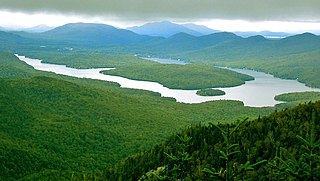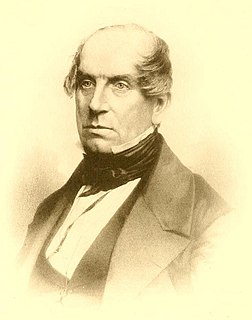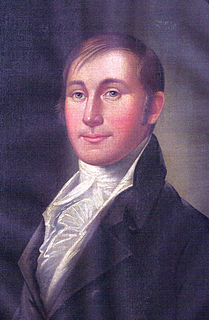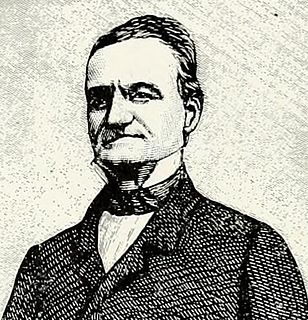John Savage | |
|---|---|
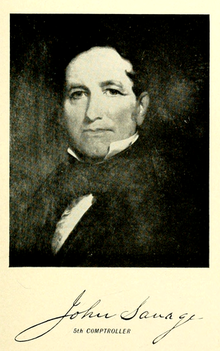 | |
| Chief Justice of the New York Supreme Court | |
| In office 1823–1837 | |
| Preceded by | Ambrose Spencer |
| Succeeded by | Samuel Nelson |
| New York State Comptroller | |
| In office 1821–1823 | |
| Governor | DeWitt Clinton Joseph C. Yates |
| Preceded by | Archibald McIntyre |
| Succeeded by | William L. Marcy |
| Member of the U.S.HouseofRepresentatives from New York's 12th district | |
| In office 1815–1819 | |
| Preceded by | Elisha I. Winter Zebulon R. Shipherd |
| Succeeded by | Ezra C. Gross Nathaniel Pitcher |
| Personal details | |
| Born | February 22, 1779 Salem, New York |
| Died | October 19, 1863 (aged 84) Utica, New York |
| Political party | Democratic |
| Spouse(s) | Ruth Wheeler |
| Alma mater | Union College |
| Profession | Attorney |
John Savage (February 22, 1779 in Salem, Washington County, New York – October 19, 1863 in Utica, Oneida County, New York) was an American lawyer and politician. [1] [2]

Salem is a town in eastern Washington County, New York. It is part of the Glens Falls Metropolitan Statistical Area. The town population was 2,702 at the 2000 census. The town of Salem contains a hamlet also named Salem, formerly an incorporated village.

Washington County is a county in the U.S. state of New York. As of the 2010 census, the population was 63,216. The county seat is Fort Edward. The county was named for U.S. President George Washington.

Utica is a city in the Mohawk Valley and the county seat of Oneida County, New York, United States. The tenth-most-populous city in New York, its population was 62,235 in the 2010 U.S. census. Located on the Mohawk River at the foot of the Adirondack Mountains, Utica is approximately 95 miles northwest of Albany, 55 mi (89 km) east of Syracuse and 240 miles northwest of New York City. Utica and the nearby city of Rome anchor the Utica–Rome Metropolitan Statistical Area, which comprises all of Oneida and Herkimer counties.



